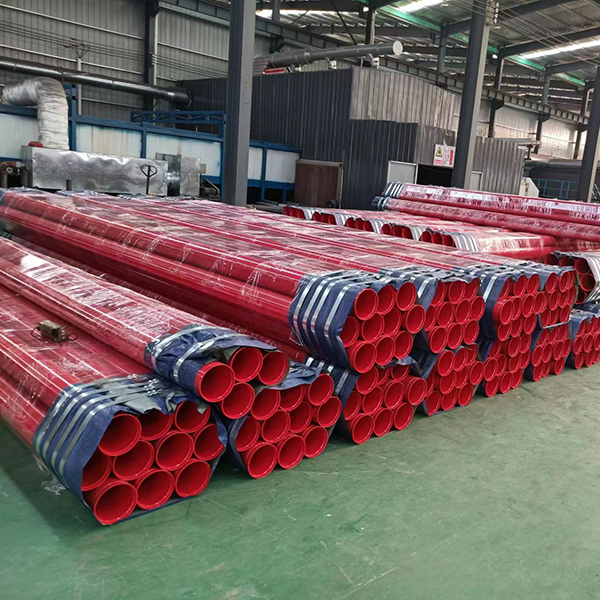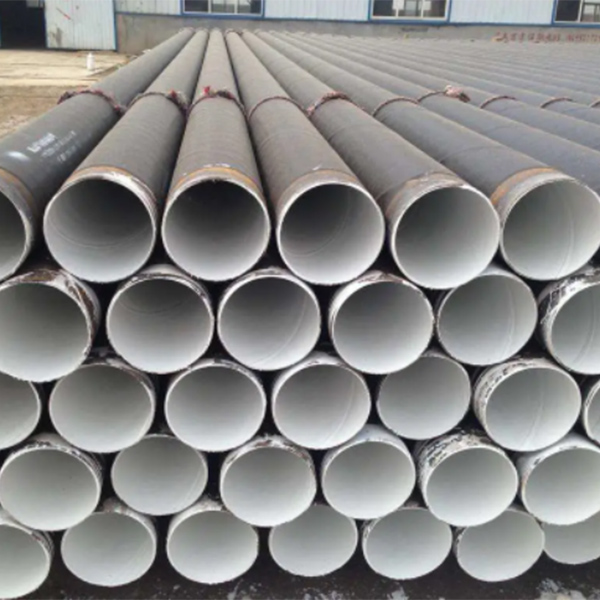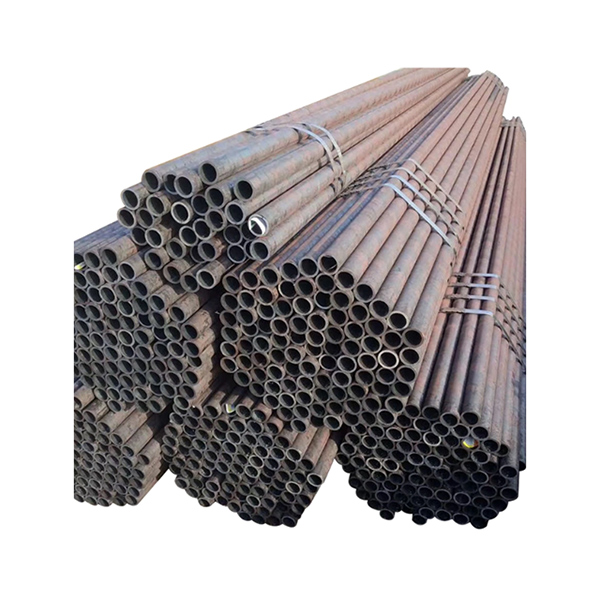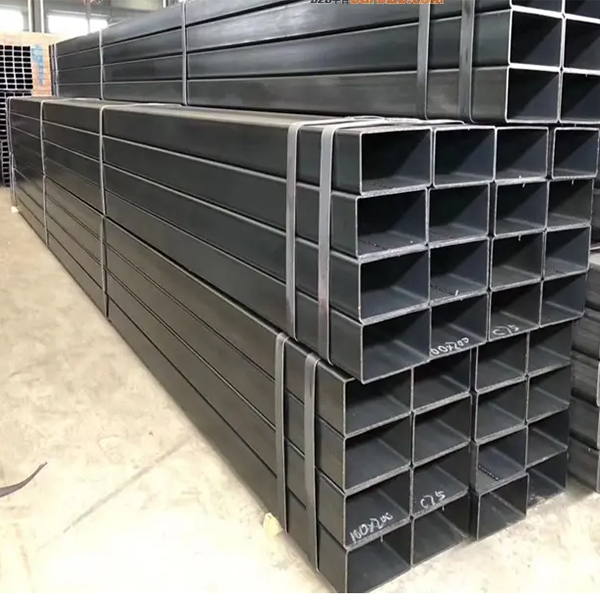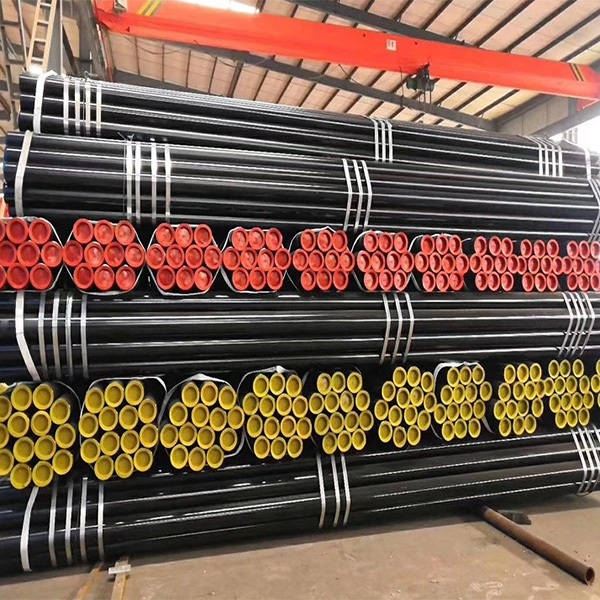Factory wholesale Steel Hollow Section - Round Capillary Stainless Steel pipe – Zheyi
Factory wholesale Steel Hollow Section - Round Capillary Stainless Steel pipe – Zheyi Detail:
Characteristics of 304 material stainless steel pipe
1. The stainless steel pipe made of 304 is very environmentally friendly, safe and reliable to use.
2. The 304 stainless steel pipe can bend with high Gini performance to a large extent. We know that the construction environment often affects the stainless steel pipe, but the staff will carry out the construction according to the super distortion of the stainless steel pipe.
3. The 304 stainless steel pipe has extremely superior resistance to acid and alkali corrosion. There is a very thin protective film on the outer surface of the stainless steel pipe, but it is very hard. Even if the stainless steel pipe is damaged, as long as there is oxygen around it If it is, then he will regenerate quickly, and there will be no rust.
4. The quality of the 304 stainless steel pipe is very light, so it is convenient to carry and install it, which greatly reduces the cost of the project.
Mechanical properties and characteristics of stainless steel pipes
Stainless steel refers to steel that is resistant to weak corrosive media such as air, steam, and water, and chemically corrosive media such as acid, alkali, and salt, also known as stainless acid-resistant steel. In practical applications, the steel that is resistant to weak corrosive media is often called stainless steel, and the steel that is resistant to chemical media corrosion is called acid-resistant steel. Due to the difference in chemical composition between the two, the former is not necessarily resistant to chemical media corrosion, while the latter is generally stainless. The corrosion resistance of stainless steel depends on the alloying elements contained in the steel.
The main characteristics of stainless steel:
1. Weldability
Different product uses have different requirements for welding performance. A class of tableware generally does not require welding performance, and even includes some pot enterprises. However, most products require good welding performance of raw materials, such as second-class tableware, thermos cups, steel pipes, water heaters, water dispensers, etc.
2. Corrosion resistance
Most stainless steel products require good corrosion resistance, such as Class I and II tableware, kitchen utensils, water heaters, water dispensers, etc. Some foreign merchants also do corrosion resistance tests on the products: use NACL aqueous solution to heat it to boiling, and pour it after a period of time. Remove the solution, wash and dry, and weigh the weight loss to determine the degree of corrosion (Note: When the product is polished, the Fe content in the abrasive cloth or sandpaper will cause rust spots on the surface during the test).
3. Polishing performance
In today’s society, stainless steel products are generally polished during production, and only a few products such as water heaters and water dispenser liner do not need polishing. Therefore, this requires that the polishing performance of the raw material is very good. The main factors that affect the polishing performance are as follows:
① surface defects of raw materials. Such as scratches, pitting, pickling, etc.
②The problem of raw materials. If the hardness is too low, it will not be easy to polish when polishing (the BQ property is not good), and if the hardness is too low, the orange peel phenomenon is easy to appear on the surface during deep drawing, thus affecting the BQ property. BQ properties with high hardness are relatively good.
③ For the deep-drawn product, small black spots and RIDGING will appear on the surface of the area with a large amount of deformation, thus affecting the BQ performance.
4. Heat resistance
Heat resistance means that stainless steel can still maintain its excellent physical and mechanical properties at high temperatures.
Effect of carbon: Carbon is strongly formed and stabilized in austenitic stainless steels. Elements that determine austenite and expand the austenite region. The ability of carbon to form austenite is about 30 times that of nickel, and carbon is an interstitial element that can significantly increase the strength of austenitic stainless steel through solid solution strengthening. Carbon can also improve the stress corrosion resistance of austenitic stainless steel in highly concentrated chloride (such as 42% MgCl2 boiling solution).
However, in austenitic stainless steel, carbon is often regarded as a harmful element, mainly because under some conditions (such as welding or heating at 450~850 ° C) in the corrosion resistance of stainless steel, carbon can interact with the carbon in the steel. Chromium forms high-chromium Cr23C6-type carbon compounds, which leads to the depletion of local chromium, which reduces the corrosion resistance of steel, especially the resistance to intergranular corrosion. therefore. Most of the newly developed chromium-nickel austenitic stainless steels since the 1960s are ultra-low carbon types with a carbon content of less than 0.03% or 0.02%. It can be known that as the carbon content decreases, the intergranular corrosion susceptibility of the steel decreases. When the carbon content is lower than 0.02% has the most obvious effect, and some experiments also pointed out that carbon also increases the pitting corrosion tendency of chromium austenitic stainless steel. Due to the harmful effect of carbon, not only the carbon content should be controlled as low as possible in the smelting process of austenitic stainless steel, but also in the subsequent process of hot, cold working and heat treatment to prevent the increase of carbon on the surface of stainless steel and avoid chromium carbides Precipitate.
5. Corrosion resistance
When the amount of chromium atoms in the steel is not less than 12.5%, the electrode potential of the steel can be abruptly changed from negative potential to positive electrode potential. Prevent electrochemical corrosion.
Cleaning method of stainless steel pipe
1. the first use of solvent cleaning steel surface, the surface of the organic matter removal,
2. then use tools to remove rust (wire brush), remove loose or tilt scale, rust, welding slag, etc.,
3. the use of pickling.
Connection method
There are generally four ways to connect stainless steel pipes:
1. Compression connection———It is divided into single compression and double compression. Double clamping is the most stable connection method. Use radial shrinkage external force (hydraulic pliers) to clamp the pipe on the pipe, and pass the water stop of the O-ring to achieve the connection effect. Easy to operate, good sealing and non-removable.
2. Ring expansion connection———Use radial contraction external force (hydraulic pliers) to clamp the pipe on the pipe, and pass the water stop of the wide band rubber sealing ring to achieve the connection effect, detachable, pipe The process of installing and increasing the rolling convex ring of the pipe end; the sealing performance is general, and the cost of casting pipe fittings is high.
3. Welded connection———The hot-melt process is used to weld the two connecting parts to achieve the effect of connection. The connection strength is high, and it is difficult for the gas protection of the welding seam to reach the standard, which makes the welding seam easy to rust, which directly reduces the service life of the pipeline; the installation quality is highly dependent on the welding workers’ skills, and the quality is difficult to stabilize
4. Self-locking connection———firstly used for small-diameter plastic hose connection, quick installation without tools. The inside of the interface is easy to loosen and leak, and the sealing performance is poor.
Product detail pictures:



Related Product Guide:
We support our purchasers with ideal premium quality products and substantial level company. Becoming the specialist manufacturer in this sector, we've acquired rich practical working experience in producing and managing for Factory wholesale Steel Hollow Section - Round Capillary Stainless Steel pipe – Zheyi , The product will supply to all over the world, such as: Mozambique, Johor, Qatar, Our staffs are adhering to the "Integrity-based and Interactive Development" spirit, and the tenet of "First-class Quality with Excellent Service". According to the needs of every customer, we give customized & personalised services to help customers achieve their goals successfully. Welcome clients from home and abroad to call and inquire!
The company can keep up with the changes in this industry market, product updates fast and the price is cheap, this is our second cooperation, it's good.

